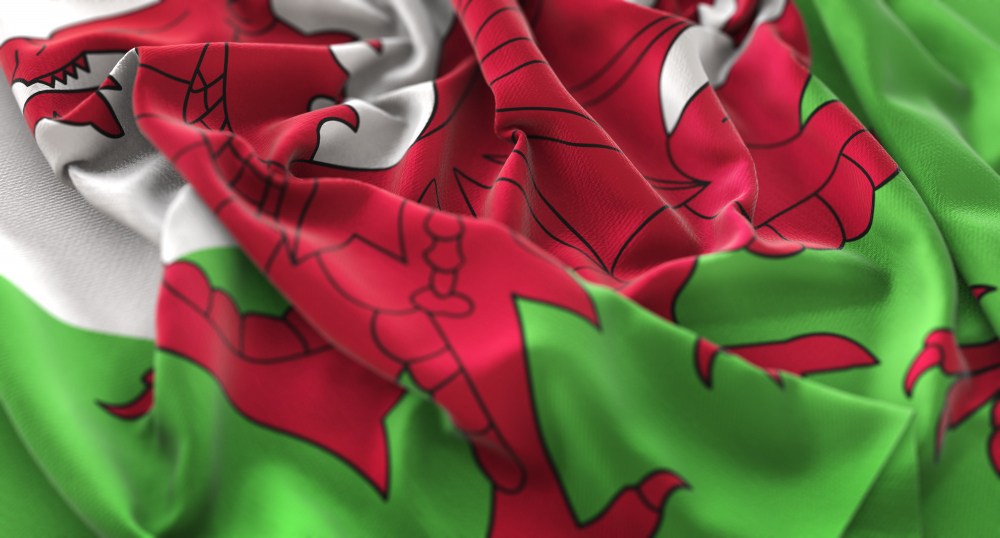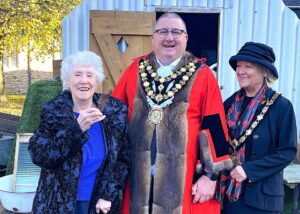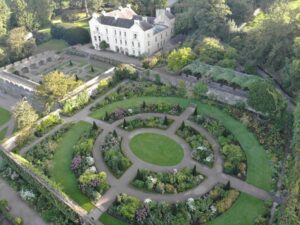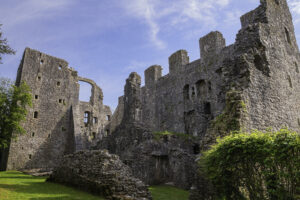The Role of Eisteddfodau in Welsh Betting Culture

Despite having been joined with England since 1485, Wales still retains its unique cultural heritage to this day. This continues to be shown in a whole range of ways, from the survival of the language, through to the festivals celebrated annually.
It’s the latter we’re going to focus on in this article. Specifically, we’ll be looking at not only the famous eisteddfod, but particularly the role its had on betting cultures in Wales.
History of the Eisteddfod
First things first. The word ‘eisteddfod’ (the plural is eisteddfodau) is an amalgamation of the Welsh words ‘eistedd’, meaning ‘to sit’, and ‘fod’, meaning ‘to be’. If you guessed that combination – ‘to be sitting together’ – suggested a social gathering, you’d be right!
As for the origins of the eisteddfod, these go back a very long way indeed. All the way to 1176, in fact, when all of England and parts of Wales were under the control of the Normans.
The party starter, in this case, was Prince Rhys ap Gruffudd. The very first eisteddfod was held at his castle, in Cardigan, which you can still visit today.
The eisteddfod unfortunately fell by the wayside after that, mainly due to English control of the country and suppression of Welsh culture. It was only in the 18th century that eisteddfodau festivals made their long-overdue comeback, and it’s been held on-and-off ever since then.
What Happens at an Eisteddfod?
So, that’s the background filled in. But what actually happens at one of these get-togethers?
The very first thing is the ‘proclamation’. The latest eisteddfod must be introduced in style, courtesy of a herald who announces the proceedings are underway.
After that, there follows a whole series of contests. Unlike most medieval festivals, the focus of these was not on martial pursuits like jousting and archery. Instead, the contests at eisteddfodau were very much arts-focused. There are a series of poetry competitions, for example, in different metres, plus others for plays and short stories. There are various singing contests too, for children and adults, solo performers and choirs alike.
In short, the eisteddfod was very much a precursor to the arts festivals we continue to enjoy today.
The Modern Incarnation
In a remarkable testament to the durability of Welsh culture, eisteddfodau are still celebrated today, over eight centuries after they began.
The main event each year is the National Eisteddfod of Wales. In fact, this is one of the largest music and poetry festivals in Europe. It takes place annually in August, and usually receives a hefty 150,000+ visitors.
There are a couple more larger eisteddfodau, namely the Youth Eisteddfod and the International Eisteddfod. In addition though, smaller-scale, more localised eisteddfodau are carried out not only in towns and villages throughout Wales, but among expat Welsh communities around the world.
The Eisteddfod and Betting
Wales has a long history of gambling. Over half of Welsh people today gamble regularly, and – as in the other countries of Britain – this tradition goes back many centuries.
Naturally the focus at eisteddfodau has always been on artistic excellence. You’d better believe, however, that – lacking the never ending supply of markets which sports betting sites in the UK provide today – the attendees were sticking a wager or two down on the outcomes of the contests.
Elsewhere, for many people gambling has long been a social endeavour, rather than a solitary one. Talking about your picks with others is simply more fun than going it alone. For centuries, eisteddfodau have provided a good reason for Welsh people to come together and discuss not only their predictions for the contests, but for the likes of horse racing (which also goes back centuries), football, and more. As anyone who attends such get-togethers will know, such chats still very much continue to this day, and that’s naturally the case at eisteddfodau too.





